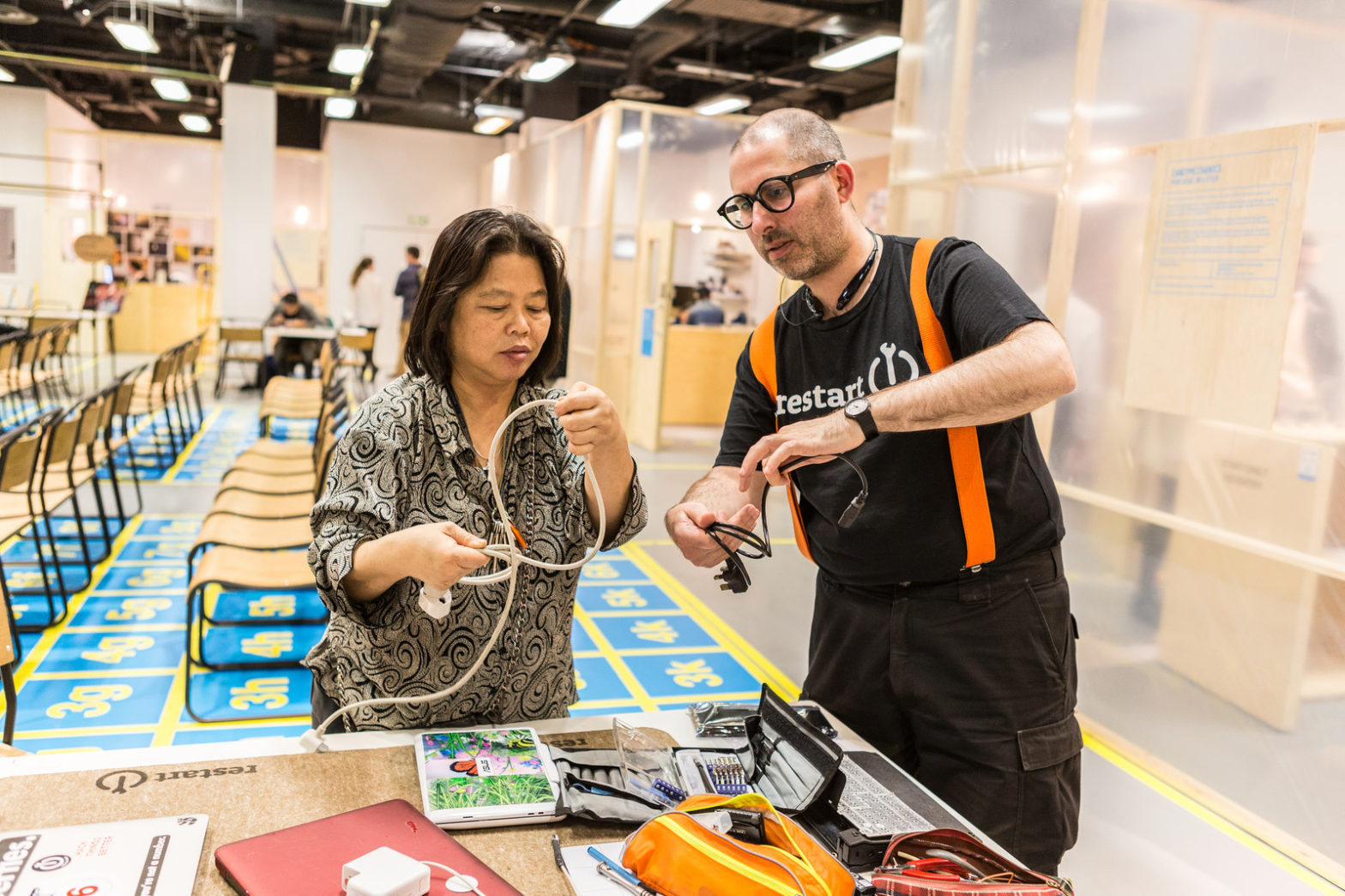I’ve been a trustee of The Restart Project, a right to repair charity, for almost a year. They are focused on raising political awareness of the need for right to repair legislation in the UK and Europe and have been doing a fantastic job over the past 6 years. It’s an honour to meet with them quarterly and give them my 10 cents.
I also invited them to contribute to the Low Carbon Design Institute residency last June as I see their work as partly about creativity and education. If we can’t design products that are repairable by design, then we don’t make it possible for companies to come up with business models that support repair.
As the UK hosts COP26 next week, it feels more urgent to use the rest of 2021 to dig into what repair means as a craft that engages product design, software design and electronics engineering. How do you become an expert repair designer? Is it vocational or just like plumbing, can you upgrade to a university course in repair? Is repair engineering a thing?
When I was writing Smarter Homes, I had the pleasure of getting my hands on Setmakers, a history of the television and radio market in the UK. Repair of radio sets created a whole high street ecosystem as cycle shops started offering repairs for radios (Curry’s was originally a bicycle shop). When you recognise a technical opportunity, business opportunities present themselves. To say ‘oh business is bad so repair is impossible to fund’ is the wrong way around. The law is changing and companies will have to think about ways to offer repair. They’ll want to hire people who understand what that means. So education has a role to play. This has happened already with sustainability reporting in the finance sector. The last year has seen every business I’ve encountered hire an ESG specialist and ESG training can now be done online. Repair deserves the same educational support and professionalisation.
Extrapolating from the Better IoT which I helped shepherd, I suspect there are techniques which can be defined, documented, turned into curriculum and books. It may be a case of using open source software approaches and applying them to hardware design, PCB layouts, battery/component choice and enclosure/mechanical design. The landscape of possible new approaches isn’t endless which is good. The opportunity space is, to me, quite clear.
But how can this kind of work be supported? I hosted a Zoom conversation on Friday with Restart as the EIT Raw Materials fund have an open call for proposals and Restart are interested in applying. The Maintenance Movement also have an open call for Fellows. I’m going to keep hosting open conversations and share resources until we get to a place where every design school and engineering degree has at least one class on repair practices and techniques. Then we can say that designers really have a choice when it comes to making the world a better place using technology. Keeping repair as a ‘known unknown’ does everyone, including the planet, a disservice.

